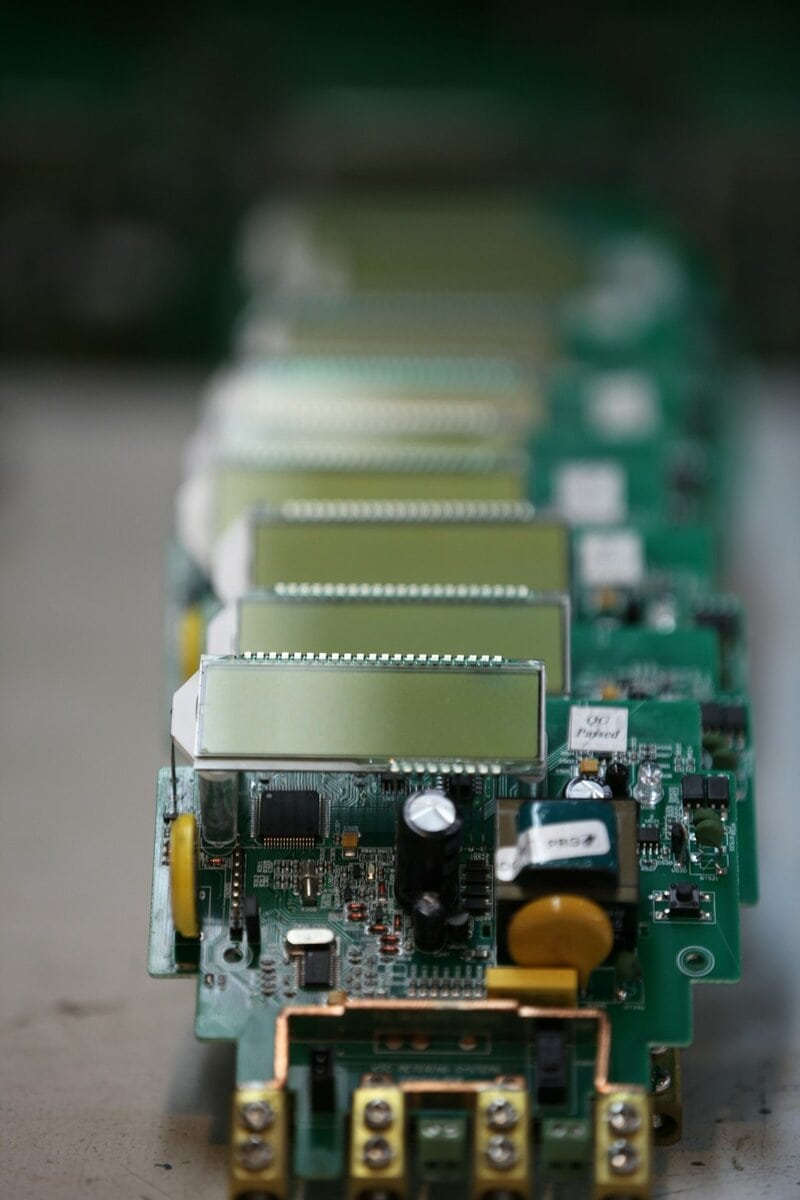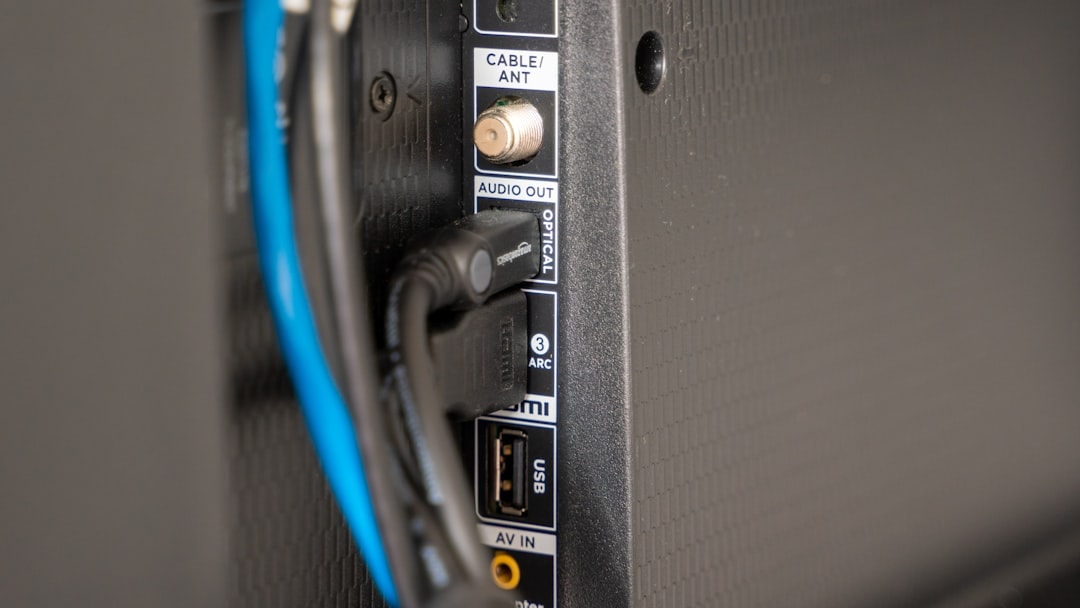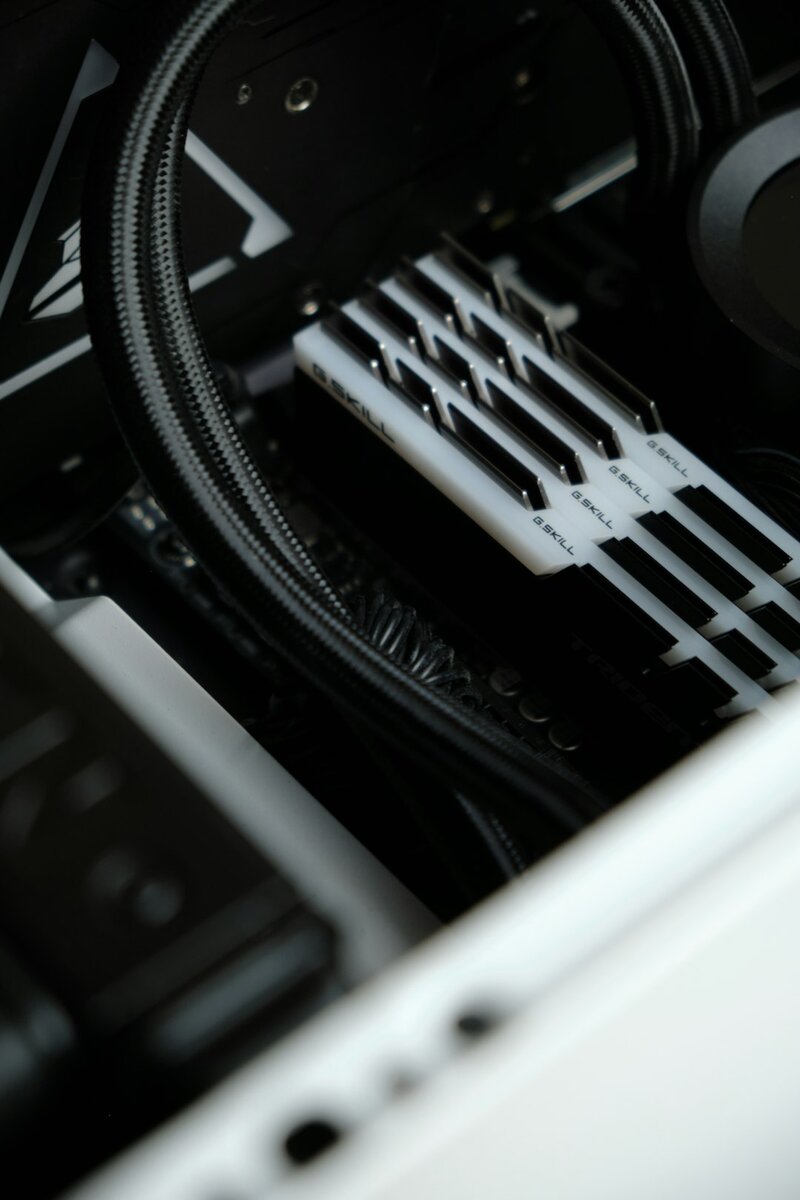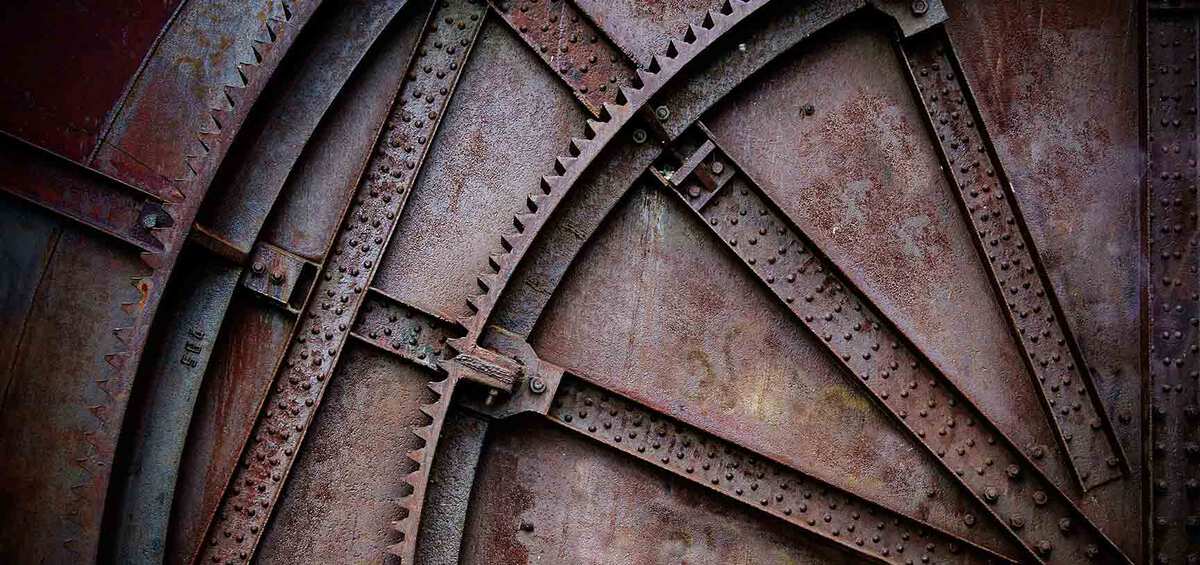If you’ve ever delved into the health details of your hard drive or SSD using tools like CrystalDiskInfo or Hard Disk Sentinel, you might have stumbled upon a term that sounds more complicated than it really is: UDMA CRC Error Count. This parameter may trigger concern, especially if you notice its value climbing or highlighted in a different color. But what exactly does it mean, and how worried should you be?
In this guide, we’ll fully explore what UDMA CRC Error Count represents, what causes it, how to fix it, and when you should take action. By the end, you’ll have a clear understanding of why this seemingly technical error is important and how to deal with it wisely.
What Is UDMA CRC Error Count?
UDMA stands for Ultra Direct Memory Access, and it’s a protocol used for ultra-fast communication between your storage device (like a hard drive or SSD) and your computer. The CRC in the name stands for Cyclic Redundancy Check, which is a data verification method. So, the UDMA CRC Error Count refers to how many times a communication error occurred between your storage drive and the motherboard and had to be corrected or retried.
This attribute is part of the S.M.A.R.T. (Self-Monitoring, Analysis, and Reporting Technology) data that modern drives report to the operating system. It’s essentially a health counter that shows how often there’s been a disruption in communicating data accurately.

Why Does UDMA CRC Error Count Increase?
Contrary to what some may fear, an increasing UDMA CRC Error Count doesn’t automatically mean your hard drive is dying. Instead, it points to potential issues in how your storage device communicates with the rest of the computer system. Here are some common causes:
- Faulty or Loose SATA/IDE Cable – One of the most frequent causes. If the cable connecting the drive to the motherboard is damaged, bent, or not properly connected, communication errors will occur.
- Poor Quality SATA Cables – Cheaper cables can introduce signal integrity issues, especially with high-speed data transfers.
- Dusty or Corroded Connectors – Dirt or corrosion in the ports can interfere with proper connectivity.
- Motherboard or Drive Controller Faults – Occasionally, either the SATA ports on the motherboard or the controller in the drive itself can be the root of the issue.
- Power Supply Instability – Unstable voltage can cause brief interruptions in the communication path.
What’s particularly notable is that the drive itself often doesn’t need to be replaced in these cases — it’s the connecting components that are usually to blame.
How to Check UDMA CRC Error Count
Monitoring this attribute is easy with free tools that read S.M.A.R.T. data. Here are a few popular options:
- CrystalDiskInfo – A user-friendly Windows application that displays drive stats including UDMA CRC Error Count.
- Hard Disk Sentinel – Offers advanced analysis and lifetime predictions.
- SMARTMONTOOLS – Command-line utility for Linux and UNIX systems.
When using these tools, look for a parameter labeled “UltraDMA CRC Error Count” or just “UDMA CRC Error Count”. You’ll usually see two values:
- Raw Value – The actual number of CRC errors detected.
- Normalized Value – A scaled score of health, usually between 1-100; the higher the better.
One or two errors are nothing to worry about, but rising numbers over short periods could signal a problem worth addressing.
How to Fix UDMA CRC Errors
The good news is that most CRC errors can be fixed without professional help. Here’s what to try if you notice the count increasing:
- Reconnect the Drive – Power down your computer and carefully disconnect and reconnect the SATA cable on both the drive and motherboard ends.
- Replace the SATA Cable – Use a new, high-quality SATA cable known to work properly with other devices.
- Change SATA Port – Try connecting the drive to a different SATA port on the motherboard in case the original port is faulty.
- Clean Dust and Inspect for Corrosion – Clean the drive and port connectors gently with compressed air.
- Update BIOS/Firmware – Occasionally, motherboard or drive firmware updates contain fixes for communication-based errors.

Once you take these steps, closely monitor the CRC Error Count. It won’t reset to zero, but if the count remains stable after repairs, you’ve likely solved the issue.
Should You Be Concerned?
Here’s the million-dollar question: is a high UDMA CRC Error Count dangerous?
Well, it depends. If the count is high but stable, and the drive and operating system are working without problems, there’s no immediate danger. However, if the number is growing over time, it may indicate worsening connectivity issues. While the error itself isn’t damaging your stored data, persistent CRC errors can signal instability or even lead to data corruption if left unresolved.
In professional or enterprise environments where uptime and data integrity are mission-critical, any recurring error should be a cause for action. For home users, fixing cables and monitoring the count is usually sufficient.
Can the UDMA CRC Error Count Be Reset?
No, not typically. The CRC Error Count is cumulative over the lifespan of the drive and cannot be reset by software tools — unless the drive’s firmware is reset or manipulated using manufacturer-specific tools, which often void warranties and aren’t recommended for average users.
This is why monitoring trends is key. A high count established years ago that never increases isn’t a concern, but a rapidly increasing count in mere weeks probably is.
The Myth of “Bad Sectors”
Users often confuse UDMA CRC errors with bad sectors. It’s crucial to understand these are not the same thing:
- CRC Errors refer to data miscommunication between the drive and the host device.
- Bad Sectors refer to physically damaged or unstable storage regions on the disk surface.
A CRC error isn’t damaging your drive; instead, it’s a symptom of potential hardware connection issues outside of the drive’s storage area.
How to Prevent CRC Errors in the Future
While you can’t entirely prevent electrical or data transmission errors, there are some best practices that help reduce the likelihood:
- Use High-Quality Cables – Don’t use generic or years-old cables.
- Handle with Care – Avoid moving or jostling components once installed.
- Ensure Proper Airflow – Temperature extremes can affect both the drive and cable performance.
- Keep Drivers and BIOS Updated – Software at the motherboard/firmware level matters in drive communication.

Conclusion
The UDMA CRC Error Count is more of a helpful warning light than a death sentence. It’s a measure of how reliably your system’s components are communicating with one another — not a direct measure of your drive’s health. Most of the time, a faulty cable or loose connection is the main culprit.
By understanding what this error means, how to address it, and monitoring the count over time, you can ensure your storage devices remain dependable and problem-free. Keep your cables tidy, your connectors clean, and always keep an ear to what S.M.A.R.T. is trying to tell you.
Stay smart, stay proactive — and your storage will thank you with long, trouble-free service.

